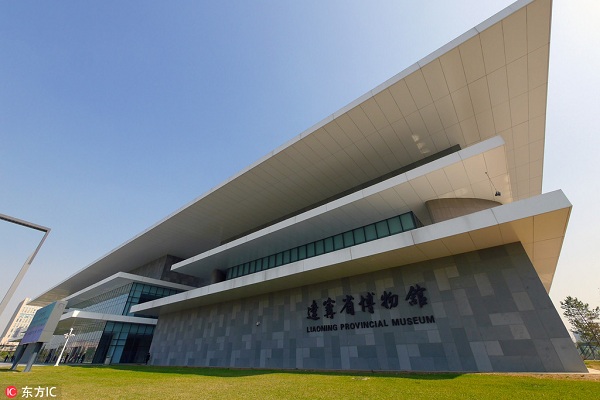Recommended tourist routes for Golden Week in Shenyang

Day five: Liaoning Provincial Museum – Beiling Park (Zhaoling Tomb of the Qing Dynasty) – Dongling Park (Fuling Tomb of the Qing Dynasty) – Manchu Han Imperial Feast
Liaoning Provincial Museum is the first comprehensive museum established after the founding of the People's Republic of China in 1949, as well as the largest provincial historical and arts museum in China.
Beiling Park is in the northern part of Shenyang. The park covers an area of 330 hectares, and contains many historical buildings, trees and lakes. The park was constructed in 1927. Zhaoling Tomb is the tomb of the second emperor of Qing Dynasty (1644-1911), Huang Taiji (1592-1643), and his wife. Construction of the tomb started in 1643 and finished in 1651. There is a Children's Garden in the park. It is also a UNESCO World Heritage Site and a national 4A tourist attraction.
Dongling Park, also known as the Fuling Tomb, is the mausoleum of Nurhachi, the founding emperor of the Qing Dynasty (1644-1911), and his wife. It served as the main site for ritual ceremonies performed by the imperial family during the Qing Dynasty. Located in the eastern part of Shenyang city, Fuling Tomb was designated as a UNESCO World Heritage Site in 2004. It is also a national 4A tourist attraction.
Manchu Han Imperial Feast was one of the grandest meals ever documented in Chinese cuisine. It consisted of at least 108 unique dishes from the Manchu and Han ethnic groups during the Qing dynasty (1644-1911), and it is only reserved and intended for imperial feasts. Manchu food and the famous Manchu Han Imperial Feast have fundamentally influenced the cuisine in Shenyang, a city where the Manchus once lived.

Liaoning Provincial Museum [Photo/IC]







